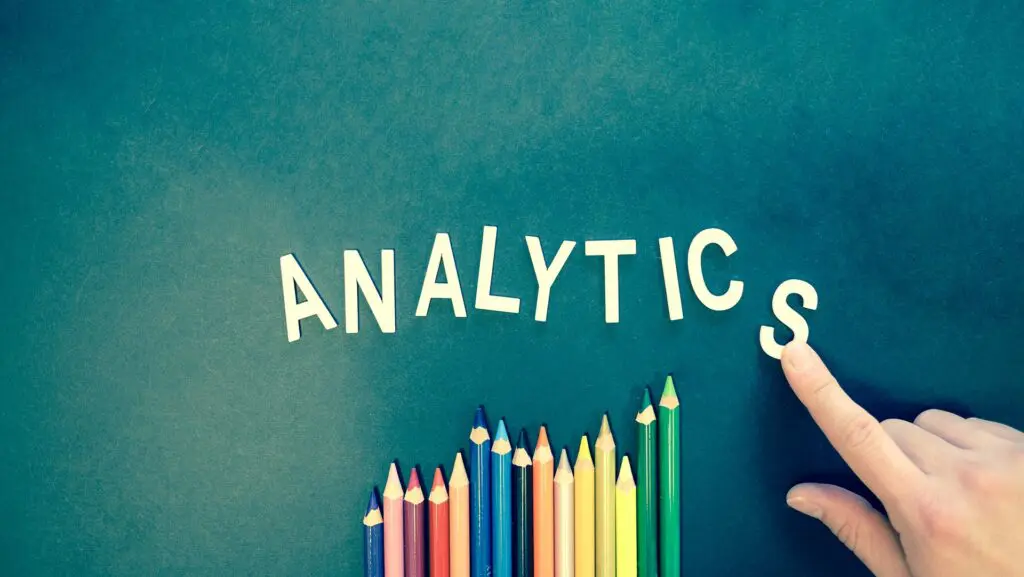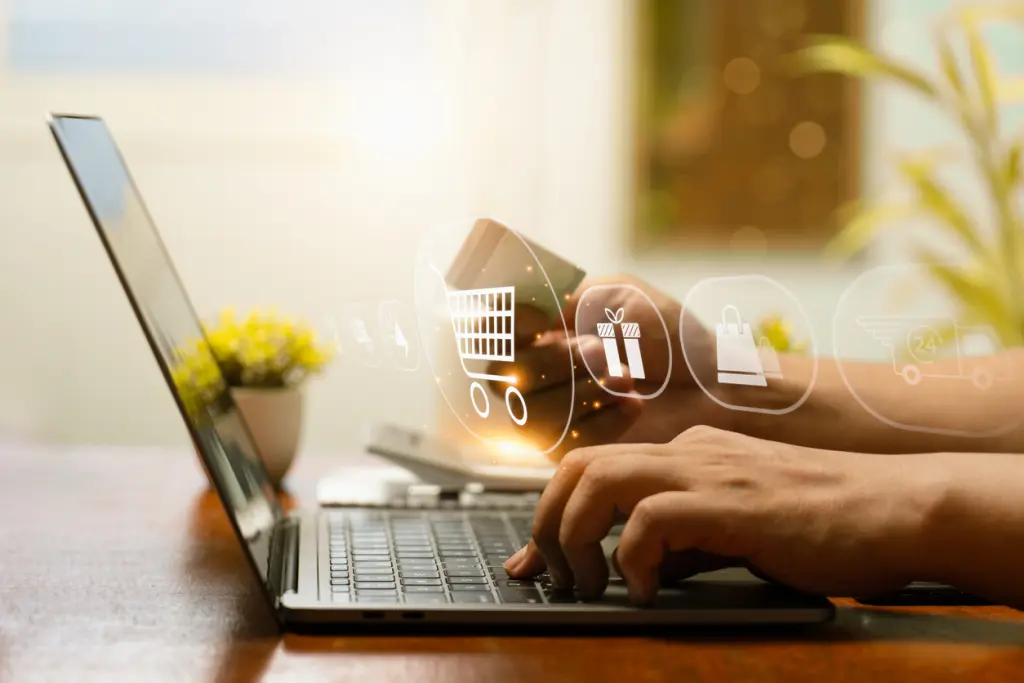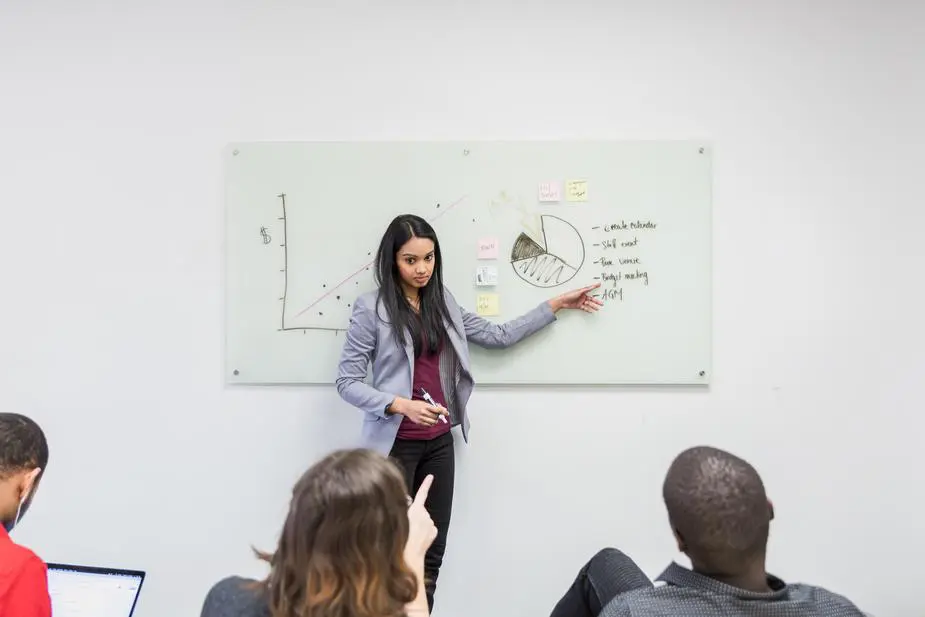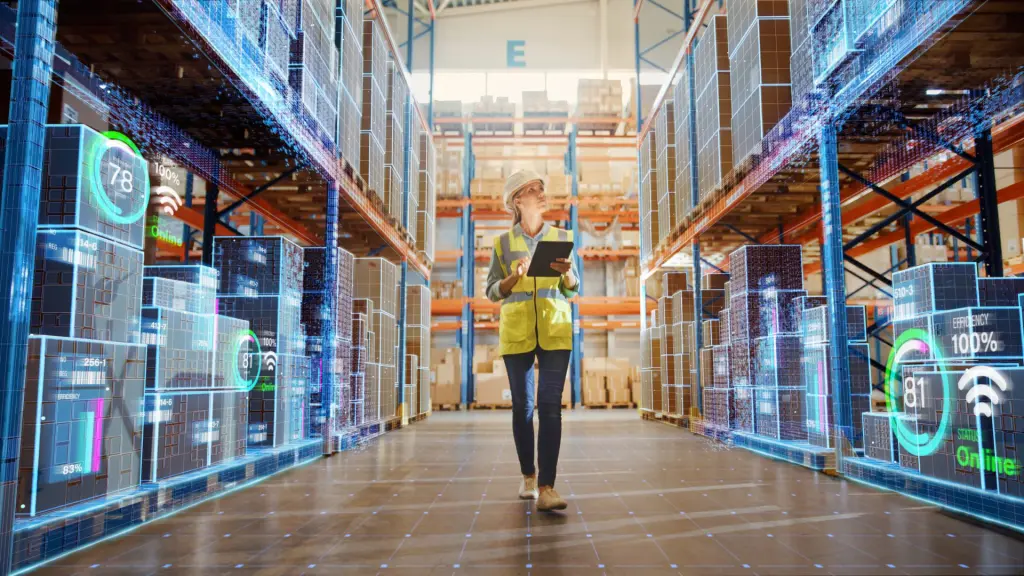Launching a new product in the Food and Beverage world is a massive gamble. The payoff can be huge—a single hit can define a brand for a generation. But the flip side? It’s brutal. We’re talking millions of dollars down the drain on a product that just doesn’t connect with people. That’s why trying to guess what customers will want isn’t just a smart move; it’s a survival tactic. Companies are staring down a double-barreled challenge: how do you forecast sales for something that’s never existed, especially in an industry where trends change overnight, products have the shelf life of a mayfly, and ingredients go bad? In this arena, gut feelings are getting benched for a sophisticated, data-driven playbook—one where F&B demand forecasting is the key to dodging risks and nailing market opportunities.
The Unique Challenges of F&B Demand Forecasting
F&B demand forecasting is a whole different ball game compared to other industries. The biggest headache, by far, is perishability. That short shelf life puts insane pressure on getting your inventory management right, a game where being off by even a few points costs you big time. Make too much, and you’re literally throwing money in the trash. Make too little, and you’ve got empty shelves, lost sales, and angry customers who might not come back.
Then you’ve got the chaos of consumer preferences. One minute everyone’s plant-based, the next they’re keto. Tastes are getting jerked around by everything from seasonal holidays to viral TikTok recipes that can make a product a superstar one week and forgotten history the next. And just to keep things interesting, you have wild cards like supply chain meltdowns and a jungle of food safety rules that can slam the brakes on production without warning. All this uncertainty makes a solid forecast the only compass you have.
Core Data Sources for Demand Prediction
Today’s forecasting is built on sucking in tons of different data. It all starts with internal data—the stuff a company already has. This is their baseline, their ground zero. They dig into historical sales of similar products to spot buying habits and comb through point-of-sale (POS) receipts and loyalty card swipes to figure out who’s buying what, when, and where. It’s like looking at your own playbook.
But the inside scoop is only half the story. You have to look outside. Companies are now glued to external data streams. They’re doing social listening, basically eavesdropping on Twitter, Instagram, and review sites to catch the buzz around new trends before they blow up. They’re also running competitor intelligence to see who’s selling what and where the gaps are. Throw in some big-picture economic reports and market research, and you finally have a full 360-degree view of the market you’re about to jump into.
Forecasting Methodologies: From Traditional to Advanced Analytics
The toolkit for predicting what people will buy has gotten a serious upgrade. Old-school methods like just asking people in surveys or looking at past sales still exist, but they’re not great for predicting the future of a totally new, out-of-the-box product. That’s why the top F&B players are now leaning on some heavy-duty analytics that give them a much sharper picture of what’s coming.
Market Research and Pre-Launch Analysis
Long before a product ever gets near a shelf, the reconnaissance mission begins. This whole stage is about getting feedback from real humans to build an initial guess about demand. We’re talking focused consumer surveys to see if an idea even has legs and taste-testing panels to tweak the flavor and design. At the same time, they’re running a deep competitor analysis, not just to copycat, but to find that sweet spot in the market that nobody else owns yet. This mix of hard numbers and human opinion builds that first, critical blueprint for potential demand.
Statistical and Machine Learning Models
This is where the magic really happens—where raw data gets turned into a crystal ball. As part of a high-tech AI demand forecasting strategy, companies unleash powerful machine learning algorithms to find patterns humans would miss. Time-series analysis is used to map out future sales by looking at things like seasons, holidays, and ad campaigns. Regression models help them figure out the relationship between different factors, like how dropping the price might boost sales. And then there’s collaborative filtering, a cool technique that works by comparing the new product to others with similar vibes or customers. It’s basically the same logic Netflix uses to recommend your next binge-watch, but for snacks.
With Intuendi, F&B brands can put these same advanced models to work, turning complex data into clear, actionable forecasts.
Predictive Simulations and Risk Assessment
To really sharpen the forecast and prep for the unexpected, companies run virtual fire drills. Scenario planning is huge here; it lets them model what would happen if, say, a competitor launched a surprise rival product or if the price of a key ingredient suddenly skyrocketed. For an even deeper dive, they use Monte Carlo simulations. This sounds complicated, but it just means they run thousands of computer-generated versions of the launch, each with tiny differences. What they get isn’t one single prediction, but a whole range of possible outcomes, giving them a clear-eyed view of their odds and the real risks involved.
Strategic Validation and Real-World Testing for F&B Demand Forecasting
All the fancy models in the world don’t mean a thing until they hit the real world. To see if the theory holds up, companies run pilot programs and test markets. They’ll launch the new product in a few select cities to get hard sales data and raw consumer feedback before going all-in on a national rollout. This creates an awesome feedback loop. The data from that test run is used to fine-tune everything—the recipe, the ads, and especially the demand forecast. Working with retailers is also a game-changer here. These are the people on the front lines who see what’s actually flying off the shelves, and their intel is pure gold for dialing in the final numbers.
Operationalizing the Forecast into the Supply Chain
A great forecast isn’t the finish line; it’s the starting gun. That prediction kicks off a domino effect across the entire supply chain. It’s the blueprint that tells the company how much raw material to buy and when. It dictates production schedules at the factory, making sure everything runs smoothly without creating bottlenecks or sitting idle. And most importantly, it controls inventory levels everywhere, from the main warehouse all the way to the back room of your local grocery store. A precise forecast is what separates a smooth launch from a logistical nightmare, helping to prevent stockouts and making sure not a single dollar is wasted.
The Technology Stack for Modern F&B Forecasting
Behind every accurate forecast is a solid tech backbone. Today’s leaders in the F&B space aren’t just relying on isolated tools, but on integrated platforms that connect every function of the business. ERP systems feed in the hard numbers on finance and operations, while CRM platforms capture the pulse of customer behavior. Layered on top are advanced analytics engines and AI models that continuously process data streams—from social media chatter to real-time sales—into actionable insights that power F&B demand forecasting.
The result is a single source of truth: a connected, intelligent ecosystem where every decision, from sourcing ingredients to stocking shelves, is guided by the same data-driven compass. In this setup, F&B demand forecasting stops being a guesswork exercise and becomes a living, adaptive capability—one that gives companies the speed and precision to navigate shifting trends, minimize risk, and seize opportunities before the competition.






